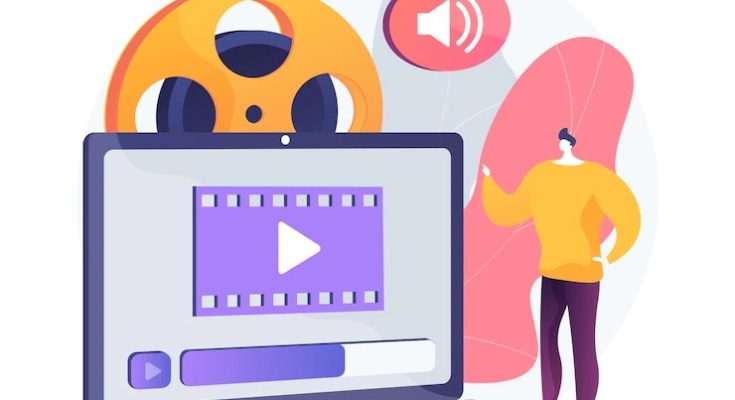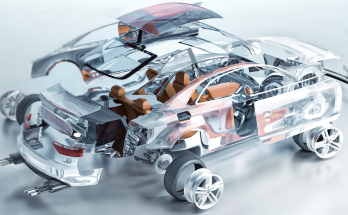Animation has become an integral part of modern digital design, enhancing user experiences and capturing attention across websites, apps, and advertisements. For creative professionals seeking to elevate their designs, lottie animation software is emerging as a game-changer. With its lightweight, interactive animations, Lottie has gained popularity as a powerful, time-saving tool for designers and developers alike.
If you’re a creative professional looking for an edge, read on to discover why Lottie animation software is trending and how it can transform your projects.
What is Lottie Animation Software?
At its core, Lottie animation software enables designers to integrate high-quality, scalable, and interactive animations into digital platforms effortlessly. Based on JSON, Lottie files are lightweight, easily implemented, and fully compatible with multiple platforms, including iOS, Android, web, and React Native.
The best part? Unlike traditional animation formats such as GIFs, Lottie offers smooth, resolution-independent animations without compromising file size or speed. This unique combination makes it an essential addition to every creative professional’s toolkit.
Benefits of Lottie Animation Software for Creative Professionals
1. Lightweight Files for Faster Loading Times
One of Lottie’s standout features is its lightweight format. Since Lottie files are JSON-based, they are significantly smaller in size compared to GIFs and videos. This ensures faster page loading times, a critical factor for retaining users on websites or applications. These small file sizes also make them ideal for mobile apps, where storage limitations are a concern.
Statistics show that 40% of users abandon a website if it takes more than 3 seconds to load. With Lottie animations, you can enhance your designs without negatively impacting performance—a win-win for user experience and SEO rankings.
2. Scalability Without Loss of Quality
When working with static images or GIFs, scaling designs often results in a blurred or pixelated appearance. With Lottie, this problem is eliminated. Its vector-based nature ensures that animations maintain their sharpness and quality, regardless of the screen size or resolution.
For professionals designing responsive websites or apps, the ability to scale animations seamlessly is vital in ensuring a consistent, high-quality user experience across all devices.
3. Ease of Integration Across Platforms
Gone are the days of struggling with complex code to integrate animations into your projects. Lottie files can be easily embedded using platforms like Adobe After Effects and Bodymovin, making the process smooth for designers and developers alike. Whether you’re working on a website or a mobile app, Lottie’s compatibility ensures that your animations perform flawlessly across multiple ecosystems.
Furthermore, frameworks like React Native have made integrating Lottie even more accessible for developers, enabling deeper collaboration with design teams.
4. Interactive Animations for Enhanced User Engagement
Static visuals are no longer enough to captivate users. Interactive animations powered by Lottie offer a dynamic way to engage your audience. Whether it’s a playful loading icon or a user-triggered animation, these elements bring designs to life and encourage longer user interaction.
Data shows that users are more likely to engage with interactive content than static visuals, underscoring the importance of delivering experiences that stand out.
5. Cost and Time Efficiency
Creating engaging animations traditionally involved extensive resources, from high-budget software to significant development time. Lottie streamlines this process by enabling designers to upload Adobe After Effects designs and convert them into lightweight, web-ready JSON files.
This efficiency reduces both production costs and project timelines—a crucial benefit for professionals juggling multiple responsibilities or working within tight budgets.



